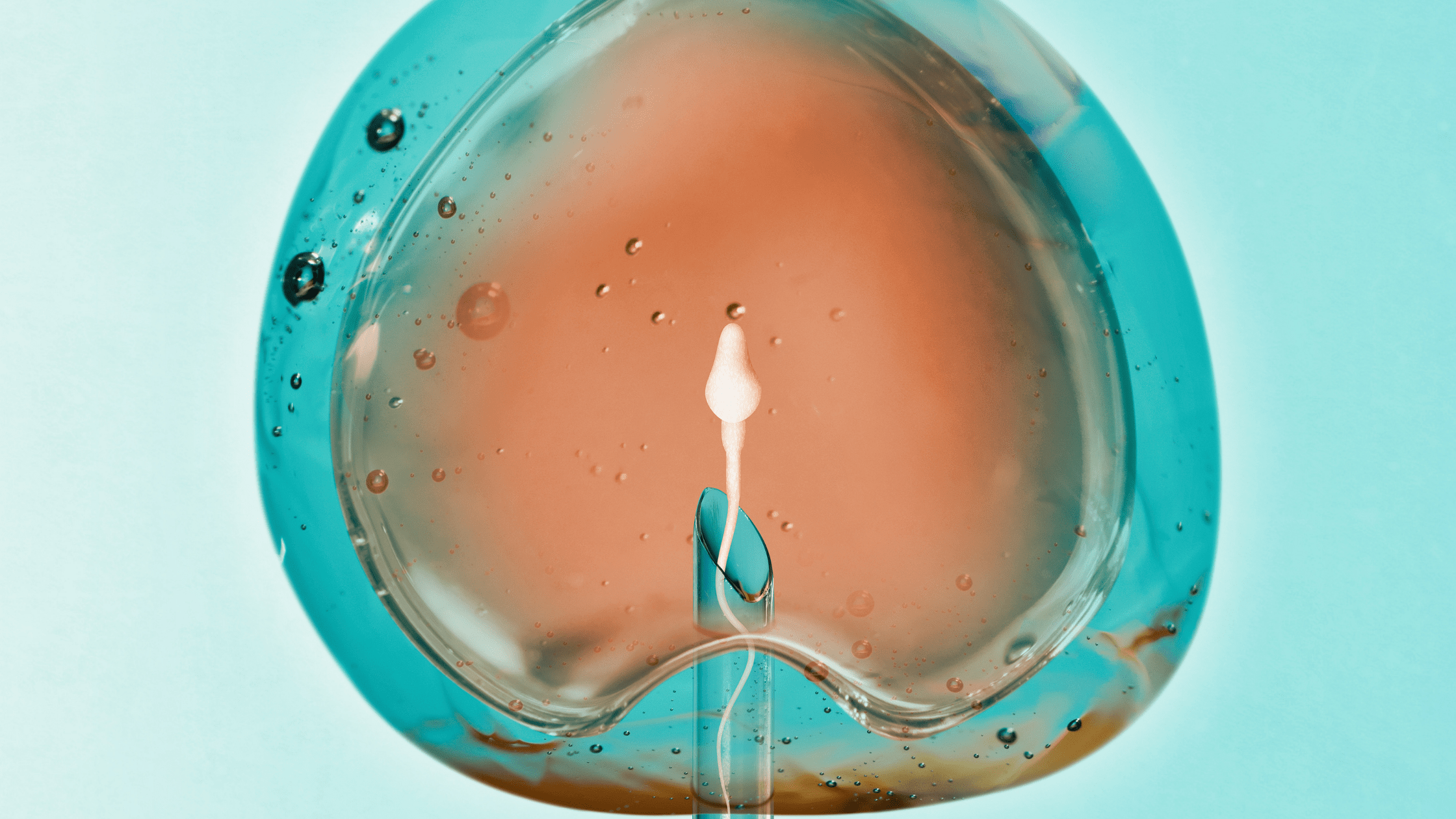Embryo Transfer


If you are considering going through IVF, then you will have an embryo transfer during the process. It is one of the final stages of IVF and is an important part of the procedure. The success of an IVF cycle is dependent on a successful embryo transfer.
What is an embryo transfer?
An embryo is a fertilised egg, and it is in the early stages of a baby’s growth. During the IVF process, eggs will be collected or donated, and sperm will be collected or donated. After the egg and sperm are collected, fertilisation takes place, and an embryo is created. These embryos are either transferred or frozen.
Embryo transfer is when the embryos from IVF or ICSI are placed into the uterus using a narrow catheter. Only the best quality embryos are selected usually to increase the chances of a successful pregnancy. From there, they implant into the uterine lining.
When does the transfer happen?
The transfer procedure happens either 2, 3 or 5 days after the fertilisation. When the transfer procedure happens depends on what type of embryo transfer you are having.
Types of embryo transfer
The type of embryo transfer you have will be discussed with you in advance with your doctor. There are a few factors that affect your options. They include your age, whether your embryos are frozen and the quality of the embryos.
Frozen embryo transfer
Frozen embryo transfer is widely used. It is the process whereby the first stages of fertility treatment are done up to the point of fertilisation: egg collection, sperm collection, and fertilisation. After fertilisation, rather than the embryos being implanted, they are frozen. These frozen embryos can then be used at a later date.
Frozen embryos can be stored for up to 55 years. One of the benefits is that they are retrieved at a younger age. After the age of 35, egg quality drastically decreases, so collecting the eggs or embryo freezing at an early age improves the chances of successful pregnancy.
Routinely, one embryo will be thawed and transferred. This will be discussed with you by your doctor and clinical team. The remaining embryos will be stored until you wish to use them.
Additionally, if it is your first round of IVF, not all embryos are used in one cycle of IVF. If there are many healthy embryos, they can be frozen. The option to freeze any remaining good quality embryos so that they can be used in future IVF cycles or donated will be discussed with your doctor.
Elective single embryo transfer
Elective single embryo transfer is when only one embryo is chosen to be transferred. This is to minimise the risk of a multiple birth which could cause complications to you and your pregnancy. This will be discussed with you at the clinic. In some exceptional cases, more than one embryo can be transferred but this will be decided with you and your medical team.
Blastocyst embryo transfer
A blastocyst embryo transfer is when the embryos have developed in the laboratory for around 5-6 days. The extra days in the laboratory allow embryologists to study the cell division and select the strongest embryos. However, the risks are that fewer embryos can be frozen and there is a possibility that none will reach the blastocyst stage.
If you are younger with many eggs, you will be more likely to have blastocyst transfer. Women with fewer eggs and older couples are less likely to reach blastocyst transfer.
What happens during an embryo transfer?
During the embryo transfer procedure, usually only the best quality embryos are transferred. Your doctor will discuss A nurse will explain how to prepare for your transfer before the procedure.
An ultrasound scan is used to see the inside of the womb. This allows the doctor or nurse to put the embryos in a location where they will have the best chance of attaching.
A soft catheter is used to place the embryos into the womb. The embryo implantation is typically unpainful or very mildly uncomfortably. Some people will experience cramping.
After the transfer procedure, the blastocyst hatches and attaches to the uterine lining. After a couple of days, implantation is complete, and by the fifth or sixth day, it is fully attached.
How soon after embryo transfer are you pregnant?
The waiting may seem endless, and many people will want to keep a close eye on any signs that may indicate a successful embryo transfer. However, the only truly positive sign that an embryo transfer has been successful is a positive pregnancy test. The test can be performed at home or at your clinic 14 days after the embryo transfer procedure.
How successful is embryo transfer?
The success rates of embryo transfer is linked to many factors. These include: age, embryo quality, pregnancy history, fresh embryo transfer or frozen embryo transfer, medical history and infertility.
The highest success rates are for the age group 18-34 at 42%.

Symptoms after embryo transfer
You may experience a variety of symptoms after the transfer, which could be early signs of implantation or pregnancy, however, it’s important to note that they could also be related to the IVF medication, side effects from having a procedure, or the onset of a menstrual period. These symptoms may include:
Light bleeding or spotting
Cramps
Tiredness
Tender or sore breasts
Bloating
Nausea
Frequent urges to urinate
An increase in vaginal discharge
A missed period
If you feel unsure about any symptoms that you are experiencing during the waiting time after embryo transfer, or at any other time, you can ask your GP or fertility specialist for advice.
Sometimes, you will experience no symptoms at all after embryo transfer, and you may still go on to have a positive test at the clinic after seven days, confirming that you are pregnant.

If I have a positive pregnancy test, what will happen next?
Your fertility clinic will let you know when you will need to have your first scan and any further appointments. They can also advise you on things like diet for pregnancy, the importance of maintaining a healthy lifestyle and what signs and symptoms you may experience.

If I have a negative pregnancy test, what will happen next?
Your fertility clinic or hospital can give you advice on how to proceed, including offering counselling and support and talking you through possible future options. If you decide that you would like to try another cycle of IVF, it’s important to wait until you are ready emotionally, as well as physically, to start another cycle.
Support from IVFN
IVFN have medical experts on hand to offer up-to-date information and advice on a range of topics related to IVF and fertility.
We understand and, in some cases, have first-hand experience of going through IVF ourselves, so we know the many challenges it can present, physically, emotionally and logistically.
As everyone is different, with their own medical and personal circumstances, there is no one size fits all approach, and online research can feel overwhelming. Our dedicated channel, website and blog posts will provide you with straightforward information and support, so that you can make informed choices on your own, personal fertility journey.